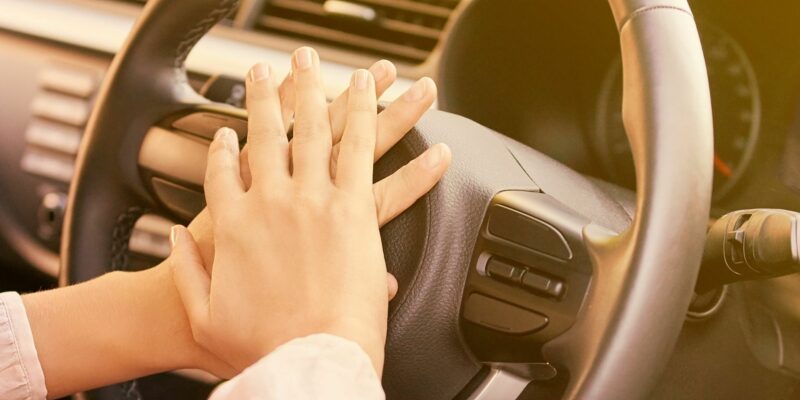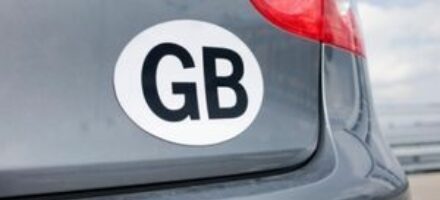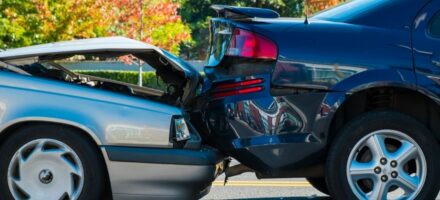
Sitting a driving test can be stressful and with the added pressure it is all too easy to make small driving errors, commonly known as minor errors. Learners are permitted a certain number of driving errors but exceeding the specified error limit will mean repeating the driving test.
Driver Errors when Sitting a Driving Test
Learner drivers are permitted 15 errors during their driving test. Errors that are deemed to be serious or dangerous by the driving examiner will result in an automatic fail. Learners shouldn’t be fooled into thinking that they can commit up to 15 errors and still pass the driving test. If an error causes difficulties for other road users then this can turn an error into a serious driving error, which can mean an automatic fail. Committing the same driving error (non-serious errors) three times or more will also lead to a fail.
Speeding During a Driving Test
Speeding is one of the most common reasons for driving disqualifications after a young driver has passed their test. Speeding is also a common mistake that candidates make during the driving test and can happen more easily than you think. If you're concentrating hard on the road and your driving skills, the speed can creep up on you with you realising. An examiner will view speeding (and going too slow) as a serious driving fault. If the instructor has to take control of the vehicle during the test due to excessive speed then will usually result in a fail. Driving too fast and too close behind other vehicles can also be classed as a serious driving error.
Handbrake Errors during a Test
Failing to make proper use of the handbrake during a test can actually result in a fail. If a driver sits at a pedestrian crossing without using a handbrake when pedestrians are crossing this can be a serious enough mistake to fail the test. Stopping in traffic without using the handbrake would be an error that can easily turn into a serious one. If a driver behind bumps into the test car, which then rolls forward, this can be classed as a serious error. Learners should remember that driving errors can turn into serious enough errors to fail a test depending on the circumstances.
Observation Errors During a Test
A driving instructor will keep a close eye on the learner driver’s use of observation. This will include observation at junctions, moving away without using correct observation and inadequate use of car mirrors. Observation is a big part of driving and the instructor must be assured that the driver is using adequate observation and judgment when driving. Not using adequate observation and putting other road users and pedestrians at risk can be seen as a serious driving error. Adequate observation and use of mirrors should be used throughout the entire test, and especially during driving manoeuvres.
Driving Test and Steering Control
Being able to control a car is of course one of the main components of driving and an instructor will be looking at the driver’s steering control. Steering too late or too early can be a serious error especially if this puts other road users at risk. Lack of steering control can result in the vehicle being too close to the kerb, weaving in the road or sitting too far into the road. Steering control will also be judged during driving manoeuvres such as reversing, three-point turns and parking. Steering erratically and losing control of the vehicle can be classed as serious driving errors.
The Top Common Driving Errors that Could Mean a Resit
There are certain driving errors committed by learners that can lead to a failed driving test. These common driving errors include:
- Lack of judgment and inadequate observation during reverse parking
- Moving away too soon when traffic lights are in use
- Inadequate observation when moving away from a parked position
- Inadequate use of mirrors when changing direction
- Incorrect use or lack of knowledge when changing gears
- Improper control of vehicle including brakes, accelerator, clutch and steering
- Slow reaction times and inadequate response to road signs and signals
- Proper control of speed throughout the test and at junctions, roundabouts and in various weather conditions
Learner drivers should remember that driving examiners do not recognise the term ‘minor’ mistakes; there are only driving errors. But there is a difference between errors and serious driving errors. Preparation is vital, and according to driving instructors, a learner needs two hours of driving lessons for every year of their life before sitting a test. Adequate preparation may mean the difference between passing the first time and having to spend the time and money on additional lessons and retaking a driving test.
Disclaimer: The information in the article is for general purpose information only and should not be constituted as legal advice. This article has been produced by a third party and Jardine Motors does not take any responsibility for the completeness, accuracy, or reliability with respect to the website or the information provided. Article last updated March 2016.



